
Year-End Landscape and Turf Tips
Shaku Nair, Ursula Schuch, Kai Umeda, Michael Chamberland, Shujuan Li
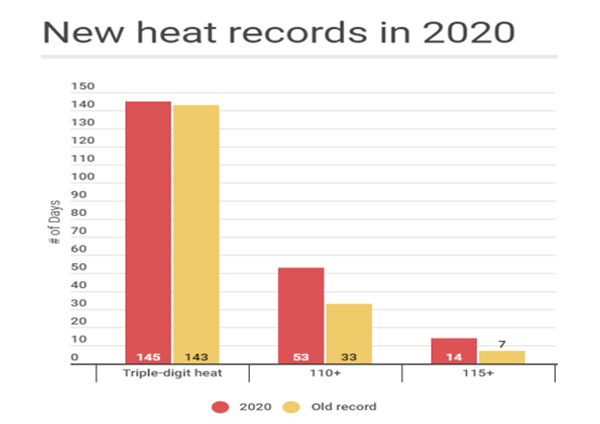
Figure 1: Number of days with temperatures over 100o F recorded in Phoenix, AZ in 2020. Source: Arizona's Weather Authority
The year 2020 was strange in many ways, and the major focus was undoubtedly the corona virus pandemic. Meanwhile, many parts of the country experienced unusual weather too. Hot summers The year 2020 was strange in many ways, and the major focus was undoubtedly the corona virus pandemic. Meanwhile, many parts of the country experienced unusual weather too. Hot summers are not entirely unexpected in Arizona, but the summer of 2020 was the hottest and driest on record. Phoenix had temperatures in triple digits for 145 days (Figure 1), and less than 5 inches of rain over 3 days over the entire year to date. University of Arizona climatologists working with the National Weather Service also predict that La Niña conditions present now will continue through the winter, which will lead to a drier and warmer winter than average. For more detailed information on the 2020-2021 Arizona Winter Outlook, please view this video put together by the National Weather Service. Overall, it has been a hard year for plants, as much as for people.
Large numbers of landscape plants dried up and died this year, even with regular irrigation. By the time the heat stress was noticed, it was too late. Many residents increased irrigation, but still could not save their plants. Exotic and non-native trees were the hardest hit (Figure 2) and many may never recover, with little or no winter rain to look forward to. Even mature, hardy desert-adapted trees showed signs of heat stress (Figures 3, 4) and damage from secondary pests such as borers (Figure 5) and darkling beetles, prompting unnecessary pesticide applications.
With the onset of winter, it is time to make changes in your landscape management. Winters in the desert southwest are cold, but residents can still work outdoors and make changes that might be helpful to prepare landscape plants for the coming spring.
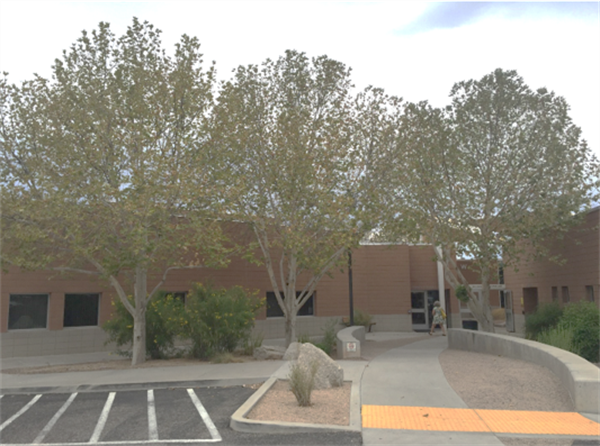
Figure 2. These London plane trees (Platanus x acerifolia) suffer from drought stress in August as shown in the thin canopy where leaves have already dropped and more are turning brown. (Photo: Ursula Schuch).

Figure 3: Pine trees suffer stress in the summer, especially when planted in unfavorable locations such as this parking lot. (Photo: Michael Chamberland).

Figure 4: Severely stressed African sumac near a home. (Photo: Shujuan Li).
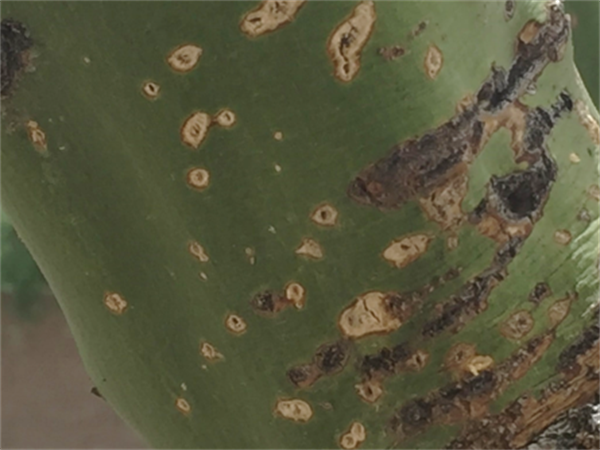
Figure 5: Drought stress made this palo verde prone to attacks from borers. (Photo: Ursula Schuch).
Plant inventory. Conduct a walkthrough of your landscape and identify plants that did well and those that were badly affected by the heat. Remove plants that are not likely to survive, so you can focus on the remaining ones. You may choose to identify replacement candidates by observing which plants did well through the hot summer (Figure 6). Remove weak or broken branches (Figure 7).
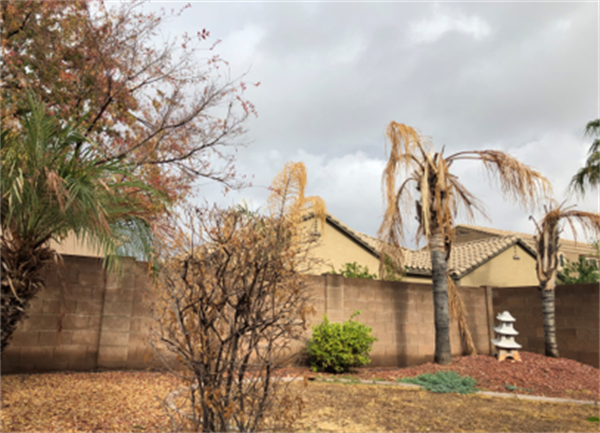
Figure 6: Consider removing and replacing plants that are unlikely to recover. (Photo: Shaku Nair).
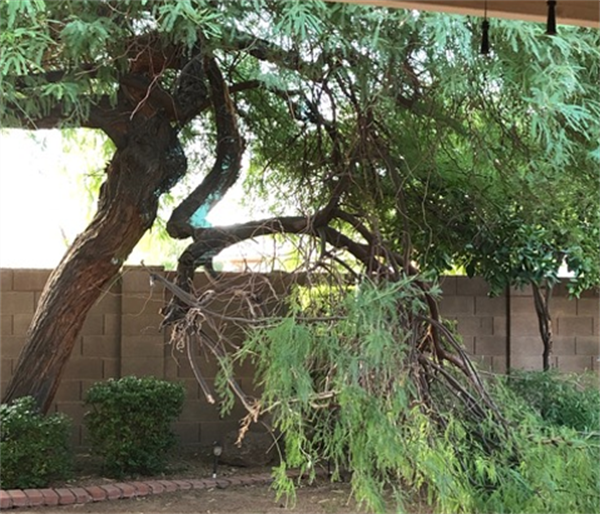
Figure 7: This mature mesquite tree lost a branch in the summer. (Photo: Shujuan Li).
While fall is the ideal time to plant most landscape plants, many plants can be planted in the winter months. Warm weather during the fall or a warm winter allows root systems to develop and establish, and by spring, the plants are ready to put out vegetative growth.
Keep up the watering, but do not over water. Your landscape irrigation schedule should be adjusted seasonally, with irrigation being reduced during the fall and winter. When temperatures get cooler, the soil retains water longer because there is less water loss due to evaporation. This means you do not have to water as frequently as in the hotter months. The majority of landscape plants slow their growth or enter dormancy in winter, requiring less water. However, make sure the soil stays moist but not wet. Soil saturated with water will deprive roots of oxygen and this can affect their growth. This is especially problematic for newly planted shrubs or trees. Overwatering during the winter will not help, and may harm, plants damaged by drought during the summer.
A minority of landscape plants are winter-growers, which is evident by growth and flowering during winter rather than summer. Be sure to provide water to winter-growers if the winter is dry.
All newly planted plants will require watering for establishment immediately after planting, followed by a gradual reduction over the following months. Establishment needs in winter will require less water but will proceed slower due to slower plant growth in winter.
Learning to water efficiently and effectively is easy. For basic guidelines on how to properly water trees and shrubs, see https://extension.arizona.edu/sites/extension.arizona.edu/files/pubs/az1298-2017.pdf.
Winter can be an ideal time to install, upgrade or repair an irrigation system. The reduced water needs in winter mean plants are less impacted by down-time when their irrigation system is worked on.
Drip irrigation is a great option to water effectively. It saves water because little is lost to runoff or evaporation and if implemented correctly, promotes healthy plant growth, controls weed growth, and reduces pest problems. For more information on drip irrigation, see https://extension.arizona.edu/sites/extension.arizona.edu/files/pubs/az1392-2016_0.pdf.
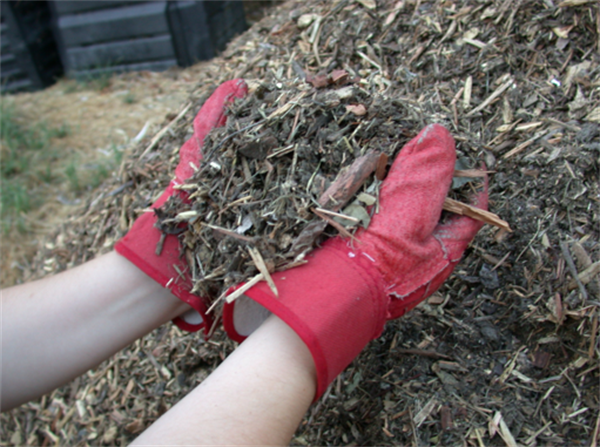
Figure 8: Organic mulches are great to conserve soil moisture. (Photo: Wikimedia Commons)
Mulch. Preventing water from evaporating is key to retaining water in the ground for plant use (Figure 8). A 3” to 4” layer of an organic (for example shredded bark) or inorganic (rock) mulch on top of a plant’s root zone can significantly reduce the frequency of watering. Keep mulch away from base of plant to avoid rot. Organic mulches will decompose quickly in the summer, and will need to be replaced periodically in order to ensure that plants continue to get their benefit.
Do not fertilize. During winter, fertilizers are not necessary because plants are not growing actively. Adding fertilizers at this time can cause unwanted vegetative growth, which might be damaged by freezing temperatures during a cold spell. Do not fertilize newly planted trees; they generally only benefit from fertilizer if the soil is nutrient deficient. Start fertilizing when plants grow new shoots and leaves the following growing season.
Plants which do appreciate fertilizer in winter include certain winter-growing vegetables and citrus trees. For information on fertilizing citrus see https://extension.arizona.edu/pubs/citrus-fertilization-chart-arizona. Other ornamental trees and flowers, especially those not native to our area, can benefit from fertilizer, but it should be applied when plants start putting out new growth in the spring. Most native desert landscape plants do not require fertilizer in any season.
Protect plants from cold. Although a warm winter is predicted, some commonly grown plants are vulnerable to cold, and a few may suffer even at temperatures above freezing. Adeniums (desert rose) are among the most vulnerable. If you have not brought these plants indoors yet, do so right away. Many tropical plants should also be protected by moving potted plants indoors or to a sheltered location. Watch the weather forecast and be ready to respond if a hard freeze, or temperatures below 28⁰ F are predicted. These temperatures can damage certain cacti & succulents, flowers and citrus. Many kinds of plants can be protected from a brief freeze by covering the plant with a cloth before and during the freeze event, which is often a single night. See https://extension.arizona.edu/pubs/protecting-citrus-tree-cold.
Figure 9. This mesquite is excessively pruned and too much of the lower branches have been removed. The tree is now prone to sunburn and to starvation since the majority of the leaves have been taken off. (Photo: Ursula Schuch).
Prune wisely. Prune only when necessary. Winter is the time to prune deciduous trees and shrubs as the branches and canopy structure is visible without the leaves. First remove any dead, diseased, or damaged branches. These may also serve as habitat for overwintering pests and pathogens. Then remove crossing branches and those growing into the canopy. In general, no more than 25% of a tree canopy should be removed at one time. Avoid excessive pruning at all times (Figure 9). Not all trees and shrubs have the same pruning requirements, become familiar with the best practices for different plants.
If branches are known to have died as a result of freezing, consider leaving them in place until after the last chance of freezing in early spring. The frozen foliage will act to insulate the live stems beneath. It is best to prune in the spring after the threat of frost.
Inspect for pest problems. Stressed plants are especially vulnerable to pests and diseases. Some insects and other arthropod pests will overwinter, but many will continue their activity especially in a warm winter. Inspect your plants frequently for presence of pests, this can prevent them from developing to damaging levels.
Low desert bermudagrass lawns are well adapted to the extreme heat. They will grow vigorously in the summer months and go dormant and appear “blonde” in the winter. Overseeding with winter grasses such as ryegrass provides a green lawn over the winter months.
Irrigating winter turf. Extra water must be applied to ensure that the winter grass seed germinates and the seedling establishes without drying out during the warm fall season. Once established, the winter lawn will not require as much water as it took to seed it nor will it use as much as the bermudagrass uses in the summer months. A non-overseeded bermudagrass turf that is dormant and “blonde” throughout the winter generally does not require supplemental irrigation. Only if winter rains are lacking, the irrigation system could be turned on once a month, December – February, to keep the roots moist and to prevent desiccation. Read more about maintaining your low desert lawn here: https://extension.arizona.edu/sites/extension.arizona.edu/files/pubs/az1817-2020.pdf
This opportunity is available through December 18, Friday. Six (6) CEU’s have been approved from the AZ Dept of Ag and PMD. The topics presented include turfgrass weeds and their control, insects and gopher control, and pesticide safety. Registration can be completed by clicking here There is a $40 registration fee + transaction fees that can be paid using a credit card. Details to access talks will be sent in the email confirming registration. A follow-up quiz will be required to obtain the CEU’s. For more information, contact Kai Umeda, kumeda@cals.arizona.edu.
Integrated Approaches to Deer Management, February 9, 2021
Most people love deer but, as their populations grow, the damage they can cause through colliding with vehicles, supporting tick populations that vector diseases, and obliterating our gardens and landscapes has now added them to the nuisance pest list. This webinar will present an overview of effective strategies to manage deer under many conditions. Participants will learn about the plants that deer love to eat, as well as, those they typically avoid. Listen to experts review deer deterrents, repellents, devices, and exclusionary fencing. Finally, community-based deer management plans will be discussed. Register Now.
Invasive Woody Plant Management – Part 2 of 2, March 9, 2021
Encroachment of woody vegetation threatens the biology and ecology of many types of ecosystems. The loss of natural foragers, fires, human-caused disturbance, and the introduction of non-native plants combine to impact native vegetation and its associated wildlife. Removing invasive woody species improves the function of local ecosystems and opens the landscape to provide more suitable habitats for birds and other wildlife. This webinar is the second of a two-part series on managing invasive woody plants and will cover oriental bittersweet, honeysuckle. Attendees will learn the IPM practices used to provide cost-effective management of these woody invasive plants such as mechanical removal (multiflora rose, Japanese barberry, and cutting and shredding), herbicide treatments, fire, and biological controls. In addition, participants will learn how to identify these species and to develop IPM-based strategies for their prevention and control in your region. Register Now
The Vector Preparedness Virtual Workshop is a great opportunity for anyone with an interest in learning information on mosquito ID, surveillance, management and insecticide resistance in public health pests.
This workshop will present:
Arizona certified structural pesticide applicators can earn 4 CEUs from the AZ Department of Agriculture’s Pest Management Division (PMD) after completing the entire workshop. This course will be effective by August 30, 2021.
For more information contact Dr. Lucy Li, Associate in Extension - Public Health IPM, at lucyli@email.arizona.edu at University of Arizona.
Check out upcoming Integrated Pest Management Webinars at https://www.epa.gov/managing-pests-schools/upcoming-integrated-pest-management-webinars
For more information about the EPA Schools program: http://www.epa.gov/schools/.
To view all our previous newsletters, visit: https://acis.cals.arizona.edu/community-ipm/home-and-school-ipm-newsletters
Acknowledgements
This material is in part funded by the National Institute of Food and Agriculture, U.S. Department of Agriculture, under award number 2017-70006-27145 that provides Extension IPM funding to the University of Arizona. Information regarding this document is within the guidelines of the Border 2020 Program funded by the U.S. Environmental Agency (EPA) and administered by NADB. Additional support is provided by the U.A. – Arizona Pest Management Center.
